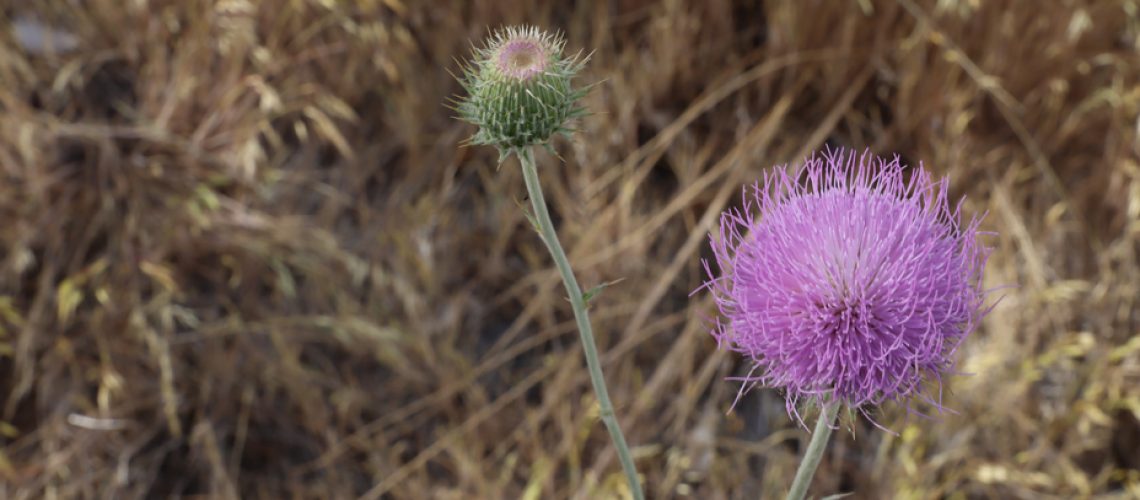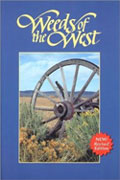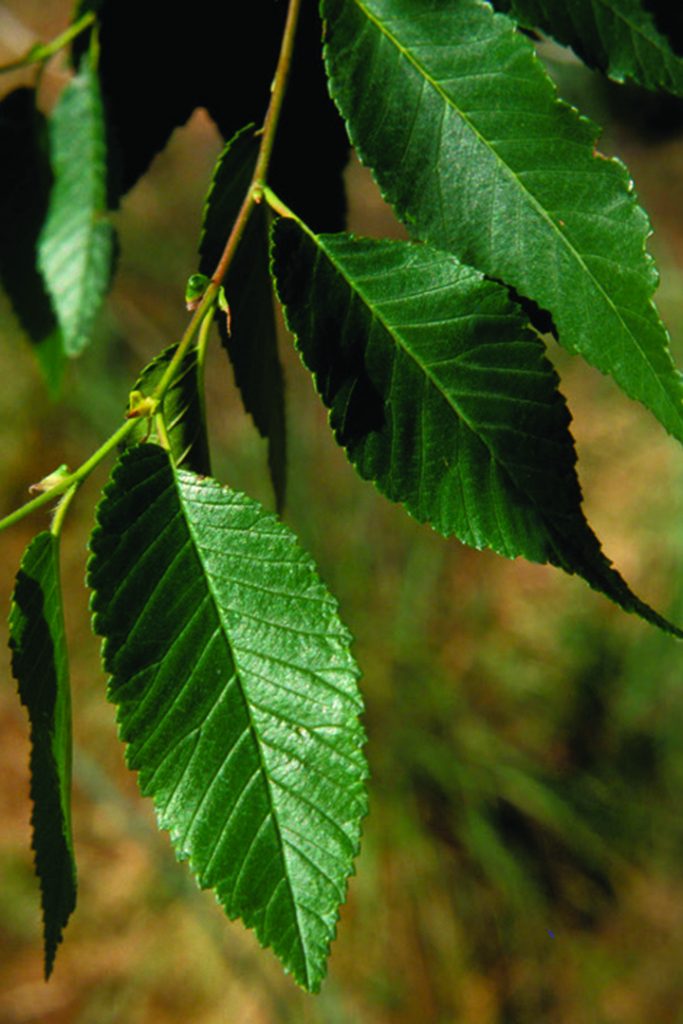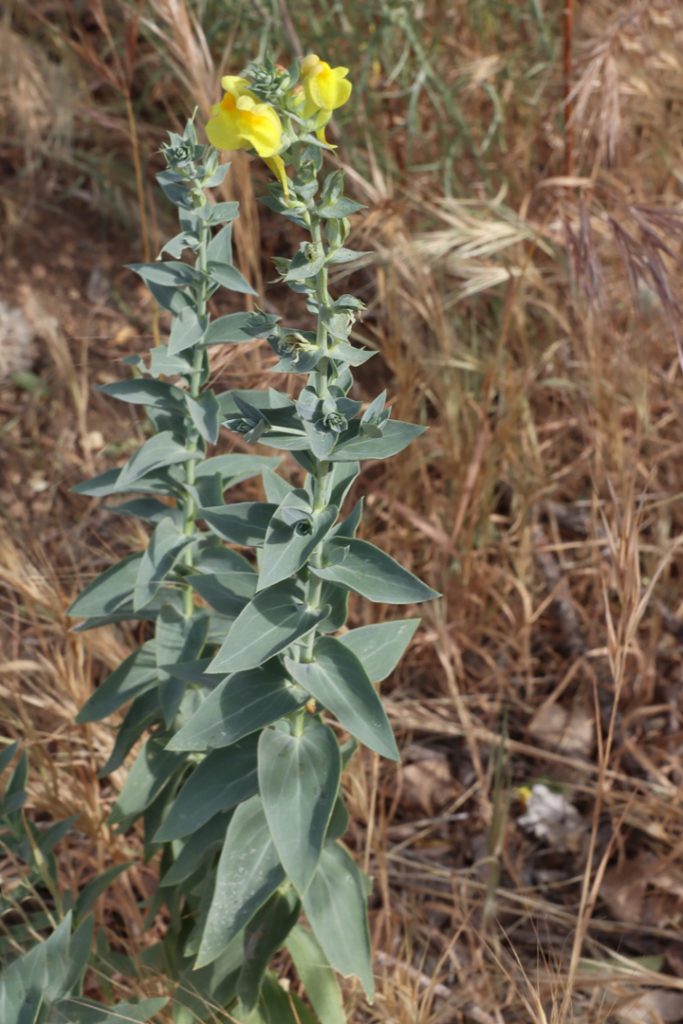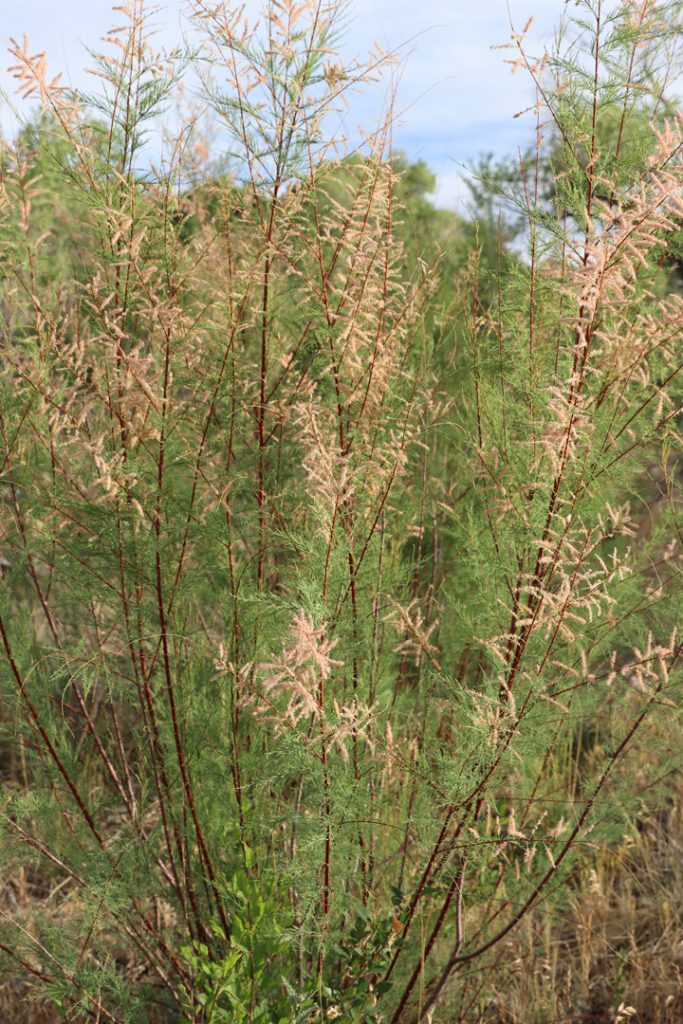As a part of the Prescott Creeks mission to achieve healthy watersheds and clean waters, we invest substantial effort into managing non-native, invasive plant species. Some people call them weeds. But what is a “weed?” Are those yellow flowers that pop up in your garden a weed? Are the pink, prickly things along the trail a weed? What about the cattails that fill the ditch down the road? It all depends…
The authors of Weeds of the West (a go-to resource for Prescott Creeks) define a weed as follows:
With this definition in mind, a weed is a human-centered and subjective classification for plants. It’s not an objective set of criteria that is always true. I love using cottonwoods as an example to underscore this concept. Are cottonwoods considered a weed? If you are a farmer with an irrigation ditch where cottonwoods sprout and impede the flow of water, they might be considered a weed. Contrast that with a riparian restoration practitioner at Watson Woods Riparian Preserve who is attempting to restore the cottonwood/willow forest. In this case, cottonwoods are not a weed.
Plants that get called weeds generally exhibit a group of reproductive and growth habits. “Weedy” plants are often fast growing, prolific seeding/sprouting, and usually do well in disturbed habitats. Some weedy plants can be ecologically beneficial as they provide cover to bare ground, serve as food for insects, or improve soil conditions by extracting or leaving behind various nutrients and minerals.
Prescott Creeks has developed a High-Priority Noxious Weed List that helps guide work in Watson Woods Riparian Preserve and the Upper Granite Creek Watershed. The list includes nine species that interfere with management objectives in one way or another. From year-to-year, focus shifts based on which plants are thriving, recent precipitation, and the effectiveness of previous treatments. Most invasive treatments are performed by Prescott Creeks Volunteers or partner organizations like the Arizona Conservation Corps.
Siberian Elm
(Ulmus pumila)
Aggressive trees that outcompete cottonwoods and willows. Extensive treatments of this species have occurred within Watson Woods Riparian Preserve. Treatments range from pulling small seedlings by hand to girdling mature trees to kill both the canopy and root system.
Dalmatian Toadflax
(Linaria dalmatica)
A snapdragon-like plant that competes with native plants for soil moisture and can be poisonous to grazers.
Hand pulling in moist and loose soils or digging has proven the most effective removal method.
Salt cedar/Tamarisk
(Tamarix ramosissima)
A woody shrub that alters the ecology and hydrology of riparian systems, increases soil salinity, and (ironically) can provide nesting habitat for endangered birds like the Southwestern Willow Flycatcher (where suitable willow habitat is unavailable).

